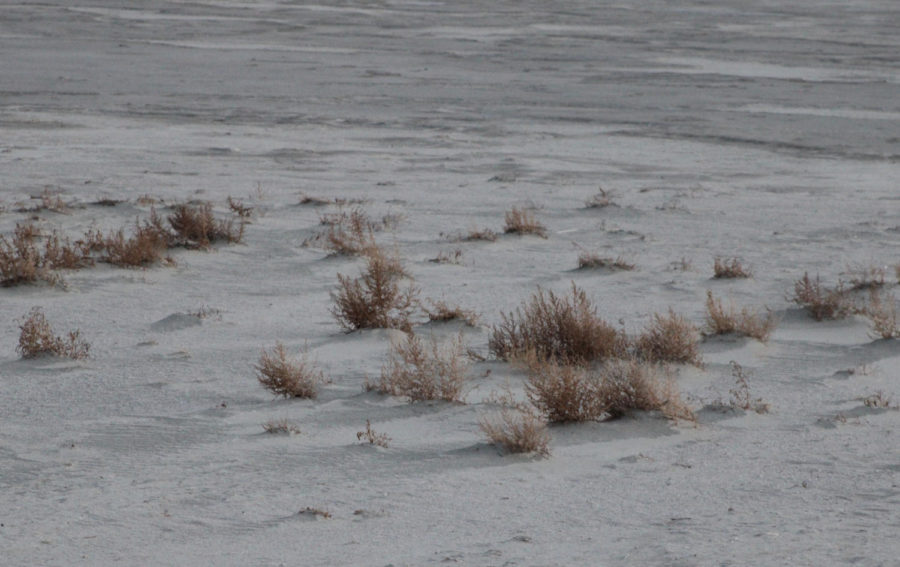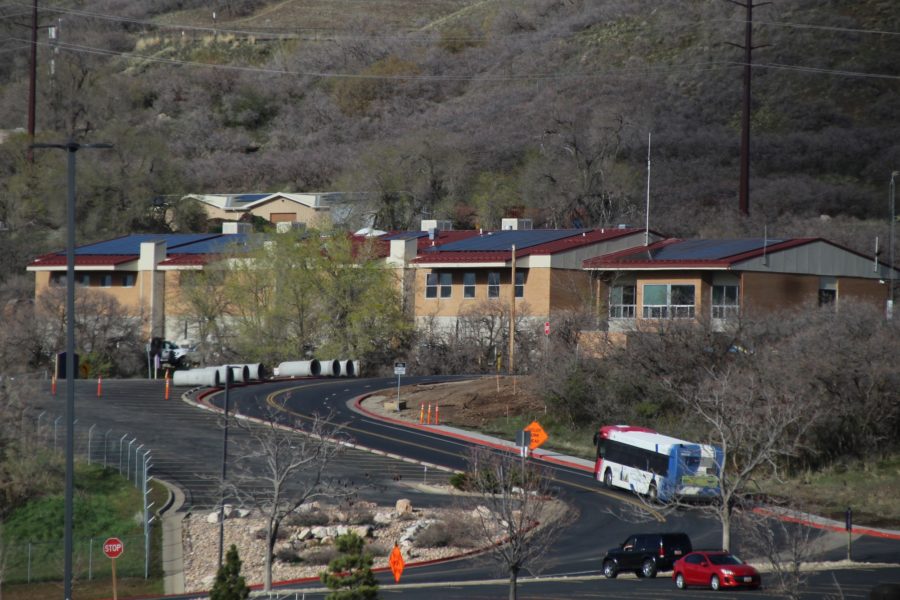
In Jurassic Park, Jeff Goldboom’s character reminds his fellows that “life finds a way.” According to a study published on the Royal Society Open Publishing website, coral around the island of Palau are doing just that.
As the oceans rise, the coral appear to be “building upward” at the same pace—not individual animals but coral living upon the calcified remains of their ancestors, in effect building larger and larger structures as each generation passes. The limiting factor for the height of these structures is the surface of the water, as coral need to remain submerged and cannot move from where they are anchored.
However, as the sea level rises, the coral near Palau is climbing along in step. Coral reefs are an important ecological environment for a great number of crustacean, mollusks and fish, as well as other plants and animals. A healthy coral promotes a diverse ecosystem. This can mean a great deal to island nations in terms of food, tidal breaks and overall ecological health of the island environment.The climbing coral appears to be good news.
It is also worth noting that the coral seem to be resisting the pH decrease in the oceans in these locations to a great degree.
The seas are rising because the temperatures are rising, which creates a new boundary issue for coral. The coral growth is limited by several factors, including available sunlight and water temperature. So as temperatures rise, the ability of coral to thrive decreases in the areas where sunlight is most plentiful.
Different models of global warming predict different effects on coral. Therefore, the more rapid the warming, the more problematic for the coral. If warming is moderate or slow, the coral may adjust and continue to thrive.
The oceans have risen in the past, and the coral, whose skeletal remains are used to track ocean levels much like tree rings are used to trace ancient weather, have managed to exploit the shorelines again and again. But for the people who depend on the reefs for their livelihood, a loss of much of the coral reefs would be a devastating blow.














